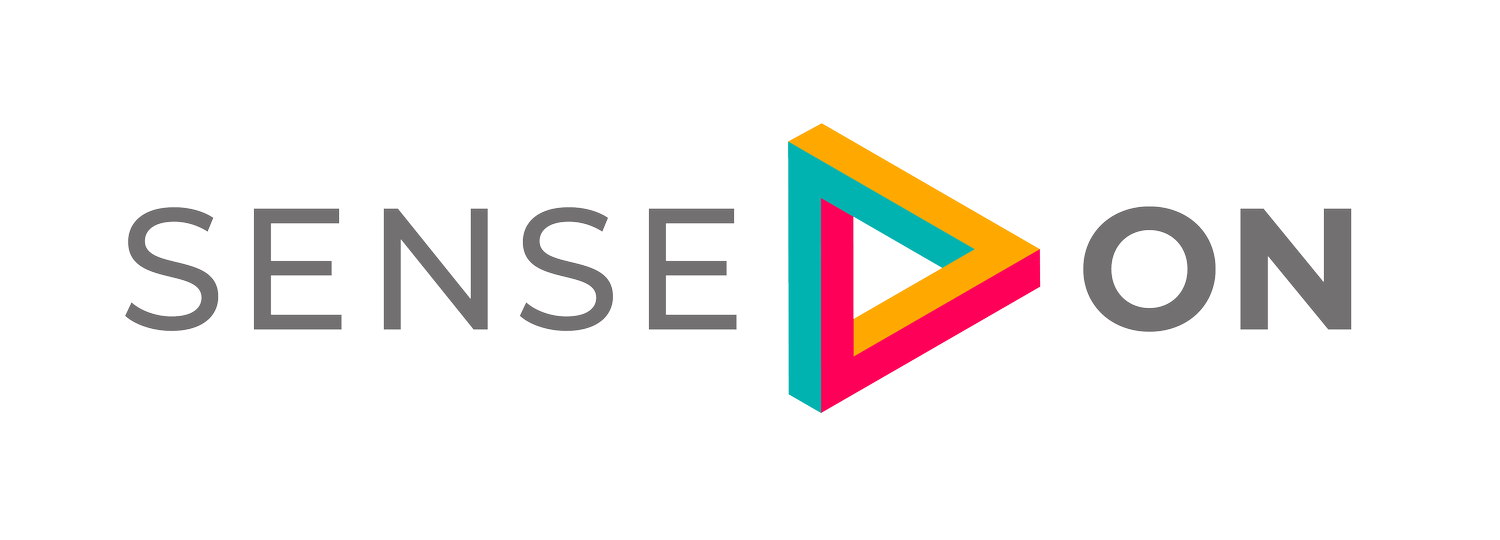SenseOn achieves 99% protection rate and 0 false positives in the latest AV-Comparatives Real-World Protection Test
SenseOn achieves 99% protection rate and 0 false positives in the latest AV-Comparatives Real-World Protection Test
False positive alerts in security operations pose a significant risk by diverting critical resources and attention away from genuine threats. These incorrect alarms, which signal threats where none exist, can lead to wasted time, reduced efficiency, and increased costs as security teams investigate and address these non-issues.
Over time, the constant stream of false positives can also cause alert fatigue, where security personnel become desensitised to warnings and overlook real and serious threats.
While organisations can take some operational steps to reduce alert fatigue, the most effective approach to counter this growing issue is investing in proactive defence systems that can automatically and reliably distinguish between benign and malicious activity.
SenseOn is delighted to have achieved over 99% protection rate and 0 false positive alerts in the latest AV-Comparatives Real-World Protection Test in its first public testing of our endpoint protection component.
Such an outstanding protection rate can help provide security professionals with reassurance and peace of mind in their endpoint protection capabilities, and help to reduce their organisation’s risk exposure, optimise their internal resources and enhance their incident response playbooks.
The Latest Testing Results from AV-Comparatives
In the most recent AV-Comparatives Real-World Protection Test (March and April edition), SenseOn participated alongside other leading industry platforms.
The latest testing results, published on the 15th May 2024 shared the following about SenseOn’s platform after rigorous testing.
In the Business Real-World Protection Test, there were 246 test cases mirroring the infection vectors encountered in typical daily user experiences.
The SenseOn platform was able to block 244 of these 246 cases, providing a protection rate of 99.2%. The platform also produced 0 false positives for the duration of this testing.
In the Malware Protection Test, 1,039 recent malware samples were used. The SenseOn platform achieved 98.7% detection rate. This saw SenseOn outrank other testing participants including Trellix, NetSecurity, Rapid7 and K7.
Finally, in order to better evaluate the SenseOn products’ detection accuracy and file detection capabilities (ability to distinguish benign files from malicious files), a false alarm test was completed. Results were presented on a scale from ‘very low’, up to ‘remarkably high’. SenseOn was ranked low, outperforming other industry leaders including Crowdstrike, Microsoft, Sophos, Cisco and VMware.
The Importance of Independent Testing
We know that when organisations are evaluating the capabilities of security solutions, they often turn to leading independent testing organisations. Third-party testing plays a crucial role in validating the effectiveness of cybersecurity solutions.
SenseOn is committed to subjecting our product to rigorous independent testing, holding our detection, protection and response capabilities to the highest standards.
We have continued to see remarkable success in numerous tests performed by leading independent testing organisations including AV-Comparatives and SE Labs, highlighting the true capabilities of SenseOn’s platform.
James Mistry, Chief Technology Officer at SenseOn says “SenseOn's AV-Comparatives test results underline the world-class effectiveness of our Universal Sensor's endpoint protection capabilities, outperforming the likes of Microsoft, Sophos, and others. Together with the rest of SenseOn's platform, this gives customers the greatest risk reduction, highest levels of automation, and comprehensive visibility across their endpoint, network, and cloud infrastructure. We're excited about this further independent validation and look forward to continuing our campaign of transparent, third-party testing.”
Click here to view the full Business Security Test March-April 2024 – Factsheet now
